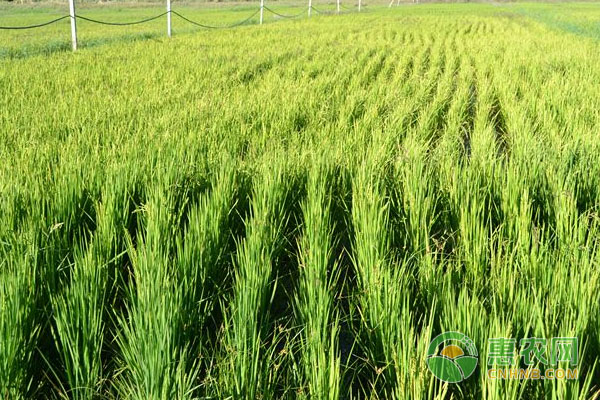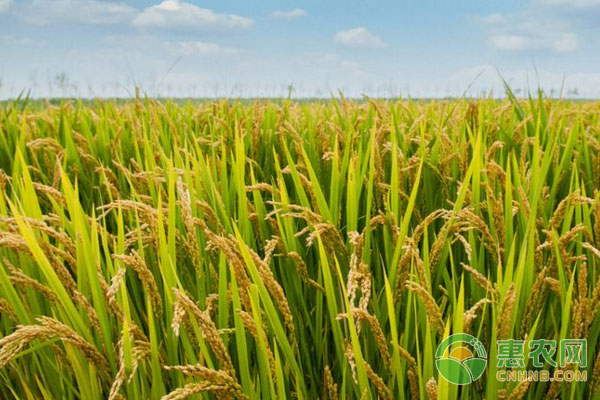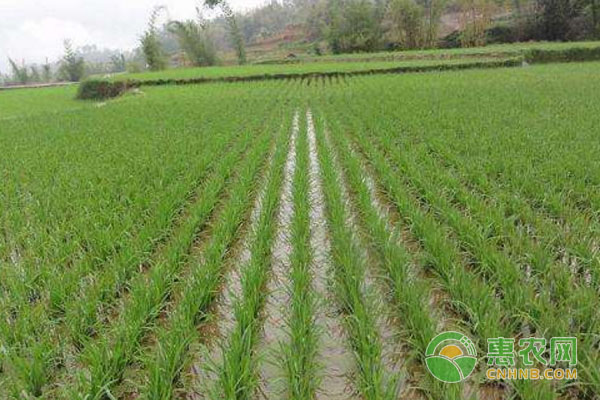How to apply fertilizer in rice cultivation? China is a big agricultural country. Rice is now a very important food crop for me. Therefore, it is also very concerned about the quality and yield of rice. To improve rice quality and yield, fertilization is essential. Then the problem comes, how is rice? What about fertilization? Next, I will introduce you to the rice fertilization time and fertilization method, and continue to look down. First, the fertilization time of rice Fertilization amount Calculated according to rice yield, nutrient demand, soil nutrient supply, fertilizer nutrient content and utilization. 2. Fertilization period It is divided into base fertilizer, tiller fertilizer, panicle fertilizer and grain fertilizer. The fertilization time and fertilization ratio in different periods are as follows: (1) base fertilizer a. Apply the base fertilizer before rice planting, the amount of base fertilizer should account for 40% of the total amount of chemical fertilizer, and the base fertilizer should be combined with the last application of the field. b. Under the premise of applying fully decomposed farmyard manure, fertilizer should be applied per acre of land. (2) tillering fertilizer a. Planting rice knows that the tillering period is a critical period for increasing the number of rice plants. Therefore, the tiller fertilizer should be applied after transplanting or half a month after transplanting. b. Each bucket of land is washed with water and a bucket of fruit is applied. For foliar fertilizer, more trace elements are added to promote tillering. (3) panicle fertilizer a, there are two main types of panicle fertilizer, one is to promote flower fertilizer, and the other is to protect flower fertilizer. b. Promoting flower fertilizer is generally applied during the coke differentiation stage to the floret differentiation stage. During this period, the application of nitrogen fertilizer can increase the number of spikelets per panicle. c. The flower-preserving fertilizer is generally applied slightly before the meiosis phase of the pollen cells, which can effectively prevent the degradation of the floret and facilitate the accumulation of the stem-sheath storage. (4) Granular fertilizer a. Benefits of applying granular fertilizer: increase the photosynthesis intensity of plants, increase the weight of particles, reduce the phenomenon of empty shells, and prolong the function of leaves. b. For small populations with small populations or large spikes and long filling periods, a small amount of urea can be used, but nitrogen fertilizer should not be applied. This will lead to late maturity of rice. c. Apply 10-15kg of Fertilizer drip per acre. Second, rice fertilization methods 1. Front light-medium weight-post-complement method a. Apply sufficient amount of base fertilizer, appropriate amount of tillering fertilizer, rational application of panicle fertilizer, and apply granular fertilizer according to plant growth, so as to achieve early rice stability, early non-crazy, medium-term growth of flower growth, and late plant failure. b. This method promotes the growth of large ears and increases the grain weight under the premise of ensuring sufficient number of spikes. c. The former light-medium weight-post-complement method is commonly used for single-season late rice and late-maturing mid-season in the south. 2. Front stability - attacking the law a. It is beneficial to increase the effective tillering rate, the large ear setting rate, and the particle weight gain rate, so as to achieve stable rice fertilization and high yield. b. It has a large group of large and large stalks, and it is controlled in the early stage; it has strong stalk root, medium attack and large ear, middle and rear attack rate and ear weight. 3. Former promotion - central control - post-complementation a. Mainly through the re-application of base fertilizer, heavy application of tiller fertilizer, and application of granular fertilizer to achieve the "cantonish" in the early stage of rice, the "stable" in the medium term, and the "sturdy and strong" requirement in the later stage. b. The pre-promotion-intermediate-post-complement method is commonly used in the northeast rice region, most of the southern early rice, and wheat in North China. c. When it is necessary to pay attention to this method, there are certain drawbacks in this method, that is, in the early stage, the rice will grow too vigorously, which leads to the depression of the field and the serious pests and diseases. 4. Pre-fertilization method a. Under the premise of applying the base fertilizer (mainly using farmyard manure), early application and heavy application of manure fertilizer, especially nitrogen fertilizer (nitrogen fertilizer accounts for 60-80% of the total nitrogen), which is conducive to promoting the early growth of tillers. Hair, increase the number of spikes. b. The bottom fertilizer needs to account for 70% of the total fertilization amount, and the remaining 30% of the fertilizer is applied after transplanting and returning to green. c. The method of promoting fertilization is often used in places where rainwater concentration in the rice growing season, loss of fertilizer, and low temperature and low light. 5. The bottom fertilizer is a clear fertilization method a. In the whole field, the whole fertilizer is applied once and the soil and fertilizer are thoroughly mixed. b. The bottom fertilization method is beneficial to increase the nitrogen uptake rate of rice plants. It not only divides the tillers quickly, but also increases the inter-row transmittance and increases the grain yield. c. The base fertilizer and the clear fertilization method are often used in paddy fields with strong fertility and sufficient fertilizer sources such as clay and heavy loam. 6. Soil testing formula fertilization method a. Soil testing and formula fertilization can coordinate the relationship between crop yield, agricultural product quality, soil fertility and crop environment. According to the results of soil nutrient determination and the amount of nutrients required for crop growth, scientifically match various nutrient ratios and application rates. Meet the crop's demand for nutrients, so as to achieve the purpose of increasing production and increasing efficiency. b. Advantages: reduce planting costs, reduce environmental pollution and pests, and reduce soil compaction.
We're Professional Supplier Extract Powder manufacturers and suppliers in China specialized in providing high-quality products at low price. We warmly welcome you to buy or wholesale bulk Supplier Extract Powder for sale here from our factory. For a free sample, contact us now.
Supplier Extract Powder,Supplier Extract ,Supplier Powder Manufacturer in China Shaanxi Kang New Pharmaceutical co., Ltd. , https://www.apipepdites.com


How to apply fertilizer in rice cultivation? Fertilization amount, fertilization period, main points of fertilization method
Next Article
How to fertilize kiwi in winter